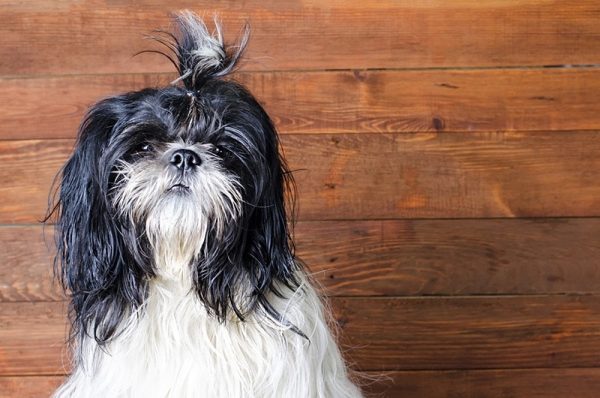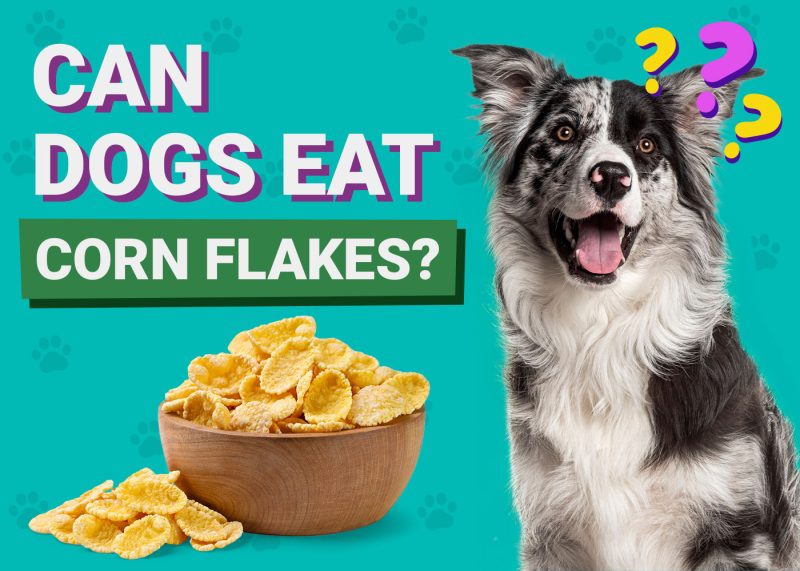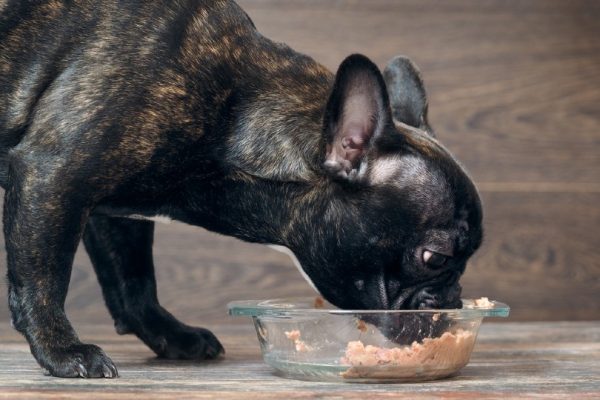In this article
Most pet food smells, and there’s no way around it. Any person who has ever owned a dog or cat can attest to the fact that opening a new bag of kibble or cracking open a can of wet food is one of the worst parts of pet ownership. How in the world can our dogs gobble up their food when it smells so awful?
You can thank the ingredients in your dog’s food for its terrible scent. You might be wondering how anything that smells so bad could be healthy for your animal, and you wouldn’t be alone. Keep reading to learn why your dog’s food smells and how to determine if the food smells the way the manufacturer meant it to or if it’s gone rancid.

Why Does Dog Food Smell Bad?
There are two main culprits for the awful smell of your dog’s food and both are found in the ingredient list.
1. Animal By-Products
Animal by-products are one of the main reasons your dog’s food stinks. The word “by-product” doesn’t mean that these parts are inferior, less healthy, or unsafe for consumption. It refers to the leftover parts of an animal carcass after the muscle meat is removed.
The animal by-products included in your dog’s food will vary from brand to brand, but most foods with this ingredient in it contain things like bone meal, poultry necks, intestines, or even kidneys and spleens. Many pet food manufacturers will use pretty much any leftover parts from poultry and cattle farms that are not consumable by humans.

2. Palatants
After adding animal by-products to your dog’s food, you’re left with something that doesn’t smell so appetizing. Since dogs have around 300 million olfactory receptors in their noses (versus a human’s six million), they rely heavily on their sense of smell to help them taste their food. If his meal were to smell awful, your dog would likely turn his nose up at his food. Pet food manufacturers add palatants to their recipes to overcome the bad odor of some materials that make up their food.
Palatants are artificial chemicals that make pet food smell good and improve its taste. They can be found in either liquid or dry powder form. Palatants are meant to appeal to your dog’s senses to entice him to eat his food.

Are Animal By-Products and Palatants Safe for Dogs?
The internet is chock full of untrue horror stories about what animal parts go into by-products, but there are very strict legal definitions about what can be included when pet food manufacturers use the term “by-product” in their ingredient list. By definition, the term “mammal by-products” cannot include things like hair, hooves, horns, manure, or intestinal contents. You may have also read that foods containing by-products can contain things that aren’t a part of an animal carcass, such as trash or floor dirt. This is simply untrue and misleading.
Despite the bad reputation that animal by-products have in some circles, the truth is that they can actually be healthy and tasty additions to your dog’s food. On a per-weight basis, animal by-products can provide more nutrients for your dog than muscle meat.
Palatants are artificial flavor enhancers. They can be meat- or vegetable-based and are found in both wet and dry food. They can be catered to meet specific requirements such as low-fat, non-GMO, or grain-free.

How Do I Know If the Food Smells Bad or If It’s Rancid?
It can be difficult to determine if your dog’s food smells bad because that was the way it was designed to smell or if it’s stinky because it’s gone bad.
- It’s been exposed to air which then harbors harmful bacteria and increases oxidation
- There’s excess moisture in the air which can cause mold
- There are high temperatures present which leads to rancidity
There are several ways you can determine if the food has gone rancid.
First, if your dog is normally excited at meal time but will now only sniff their bowl and walk away, that could mean the food has gone off. Your dog’s nose knows, after all.
Some dogs, however, will eat just about anything, even if it smells and tastes awful. Here are some things you can look for to determine if the food has gone bad:
- A rancid or sour odor
- Bugs present in the food
- Mold or moisture in the food
- An expiry date that’s passed
- Dog shows signs of discomfort after eating


Conclusion
While we may find the scent of our dog’s food disgusting and unappetizing, we need to remember that there’s a reason our pets gobble up their food. The scent may turn us off, but your dog’s 300 million olfactory receptors are hard at work telling him the food smells delicious and tastes just as well.
Remember, though, that it’s not always typical for your dog’s food to stink. If you have any reason to believe that the food has gone rancid, it’s time to toss it out and go to the store for a new bag.
- See also: Do Dogs Need Vitamin E?
Featured Image Credit: san4ezz, Shutterstock



















